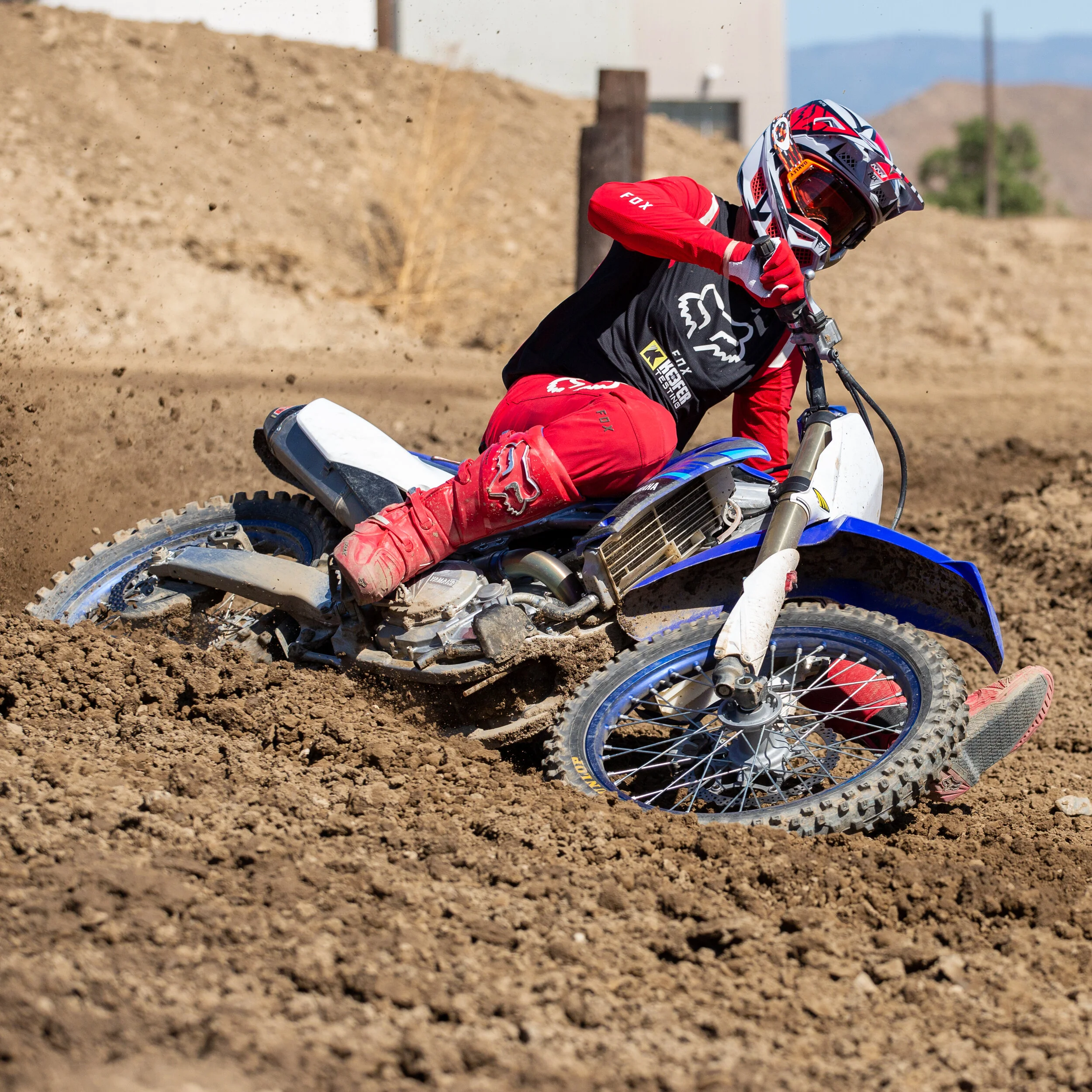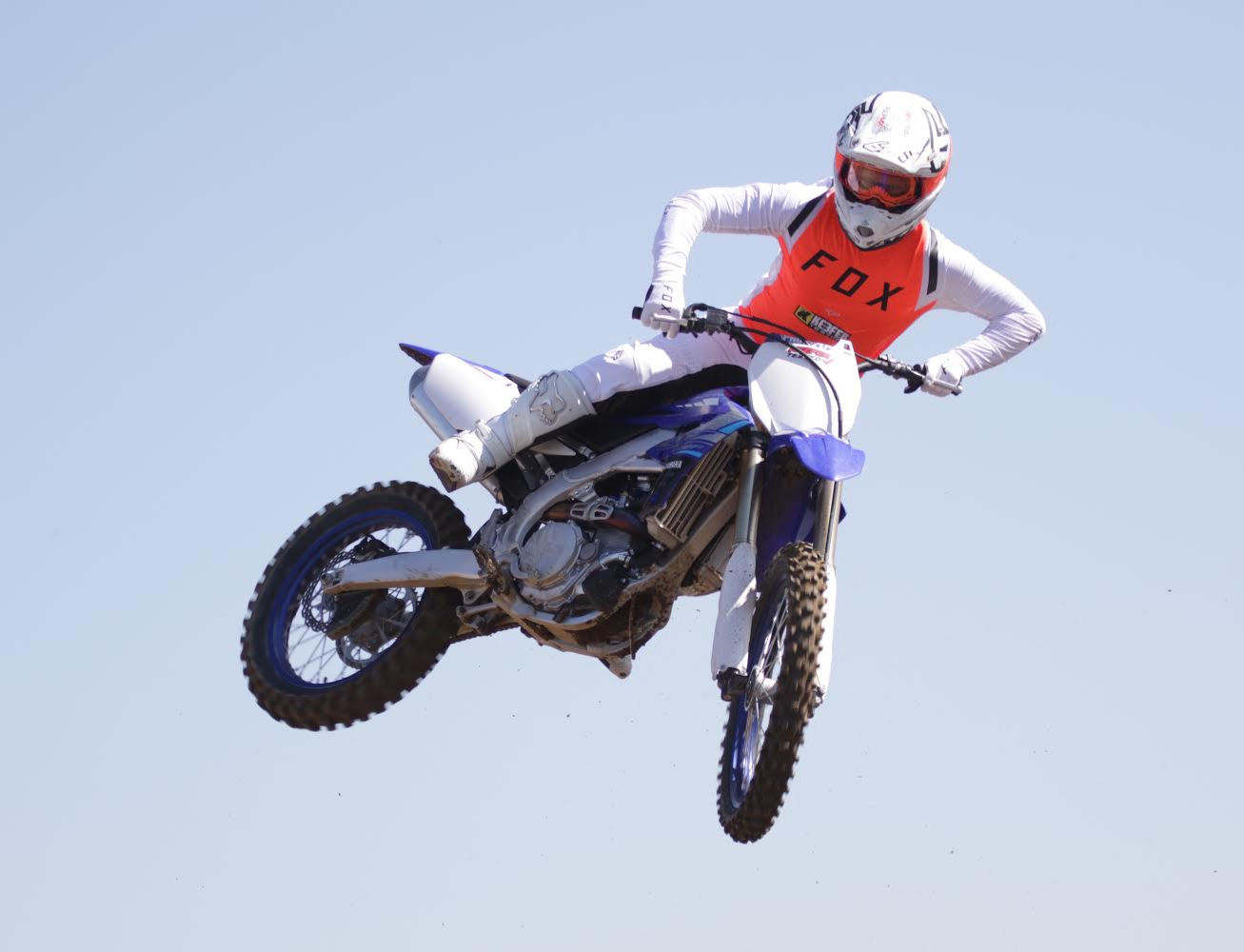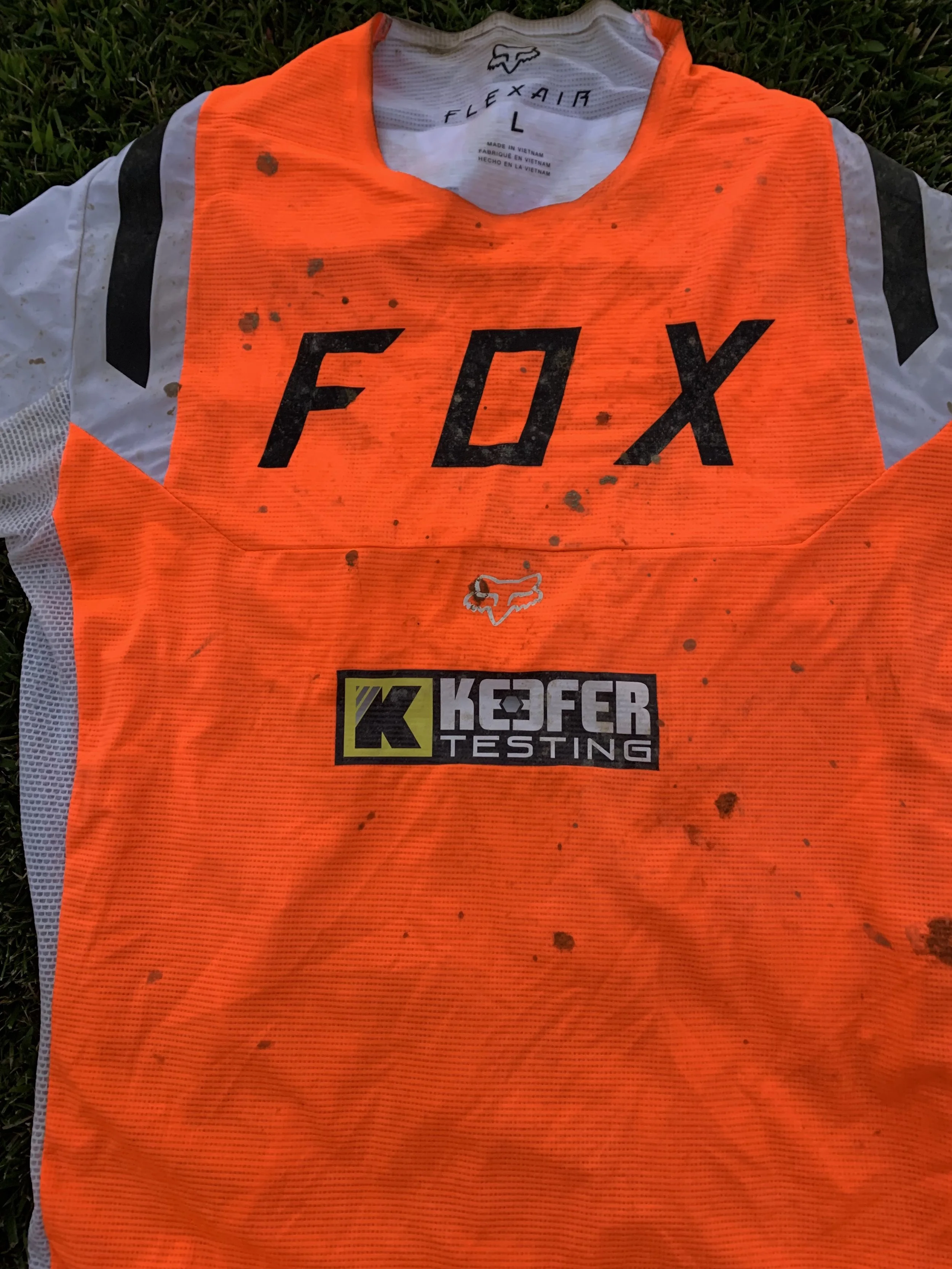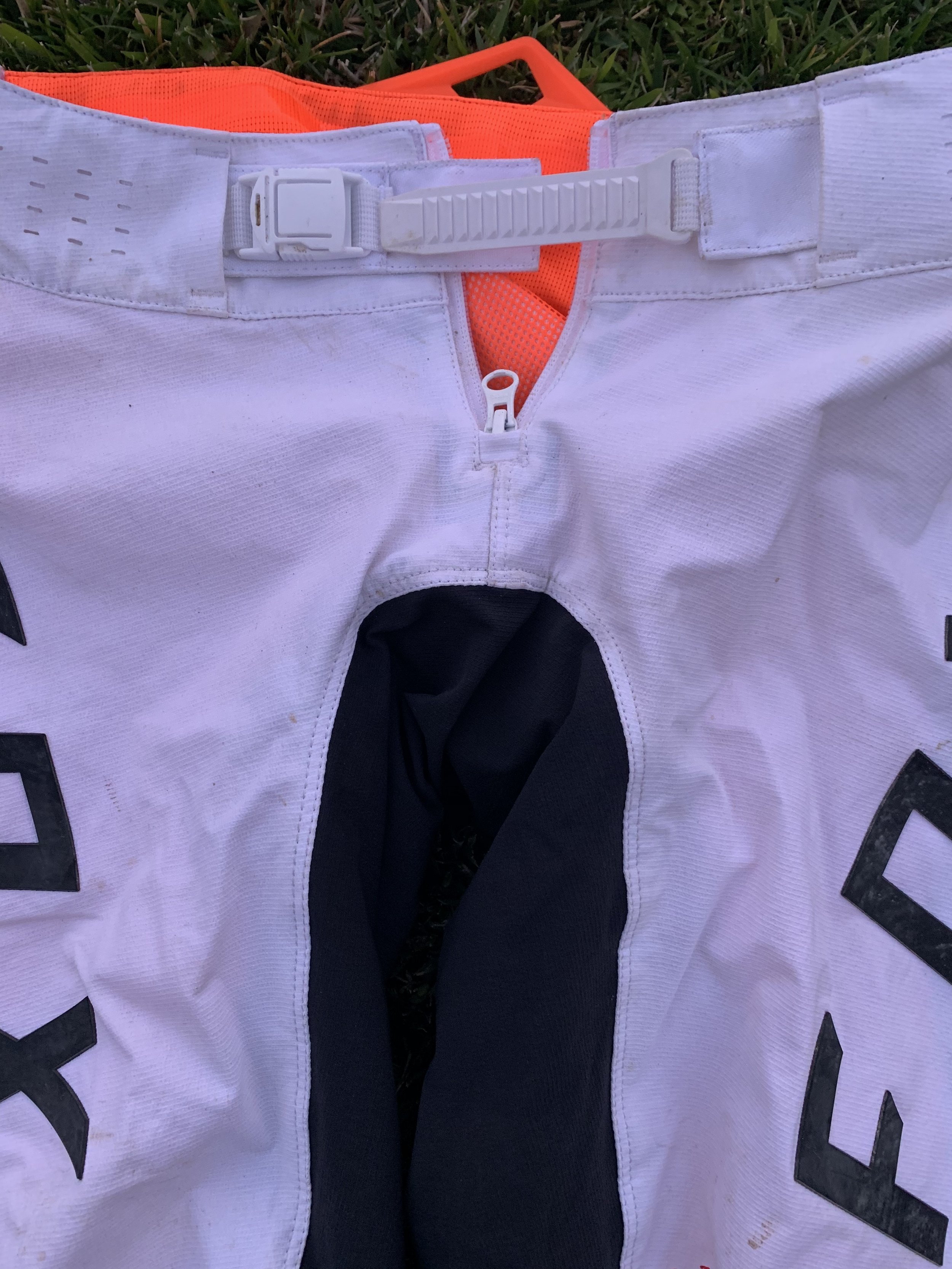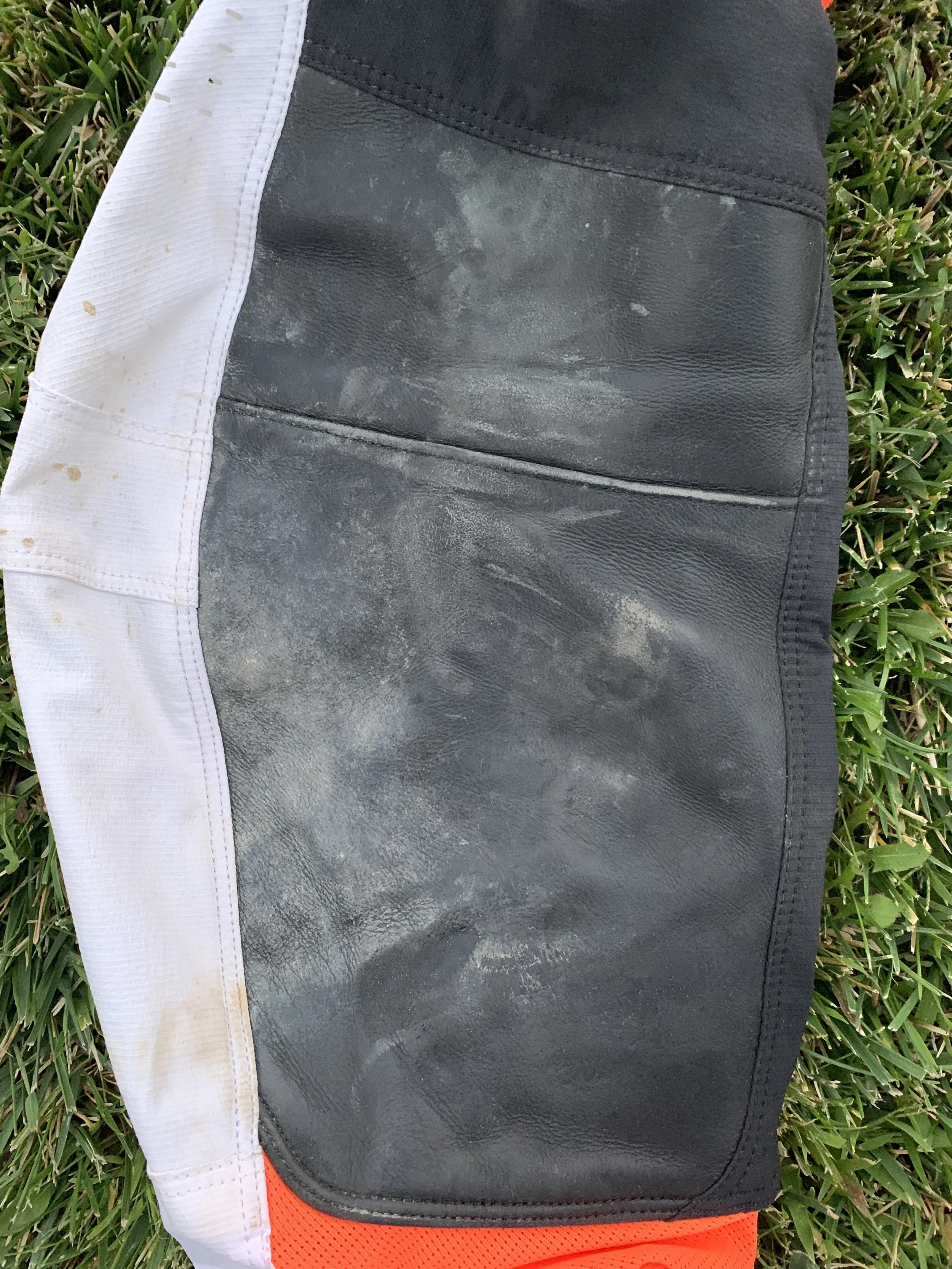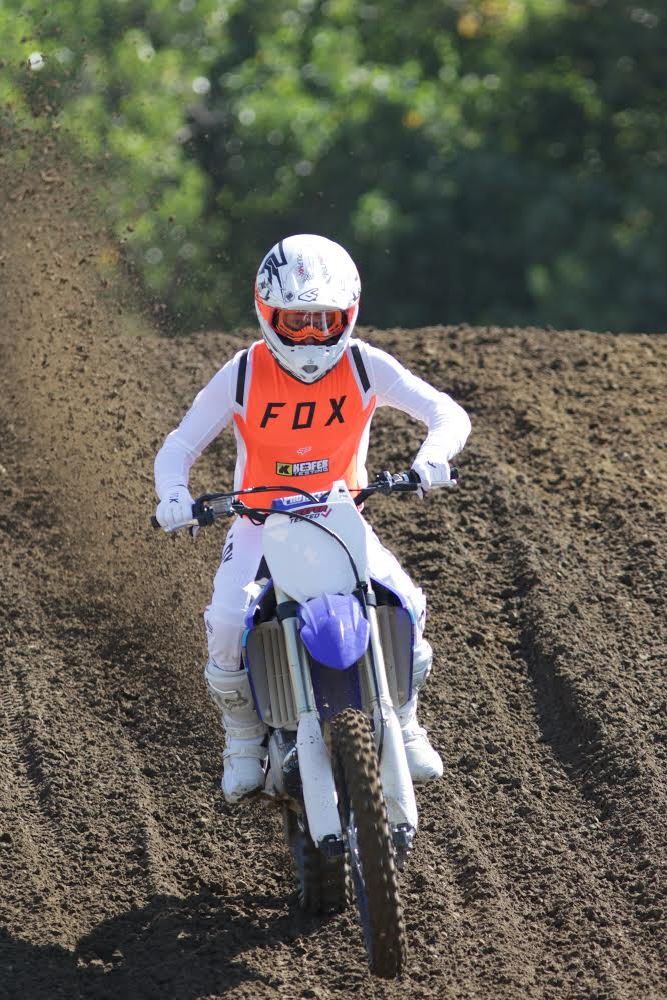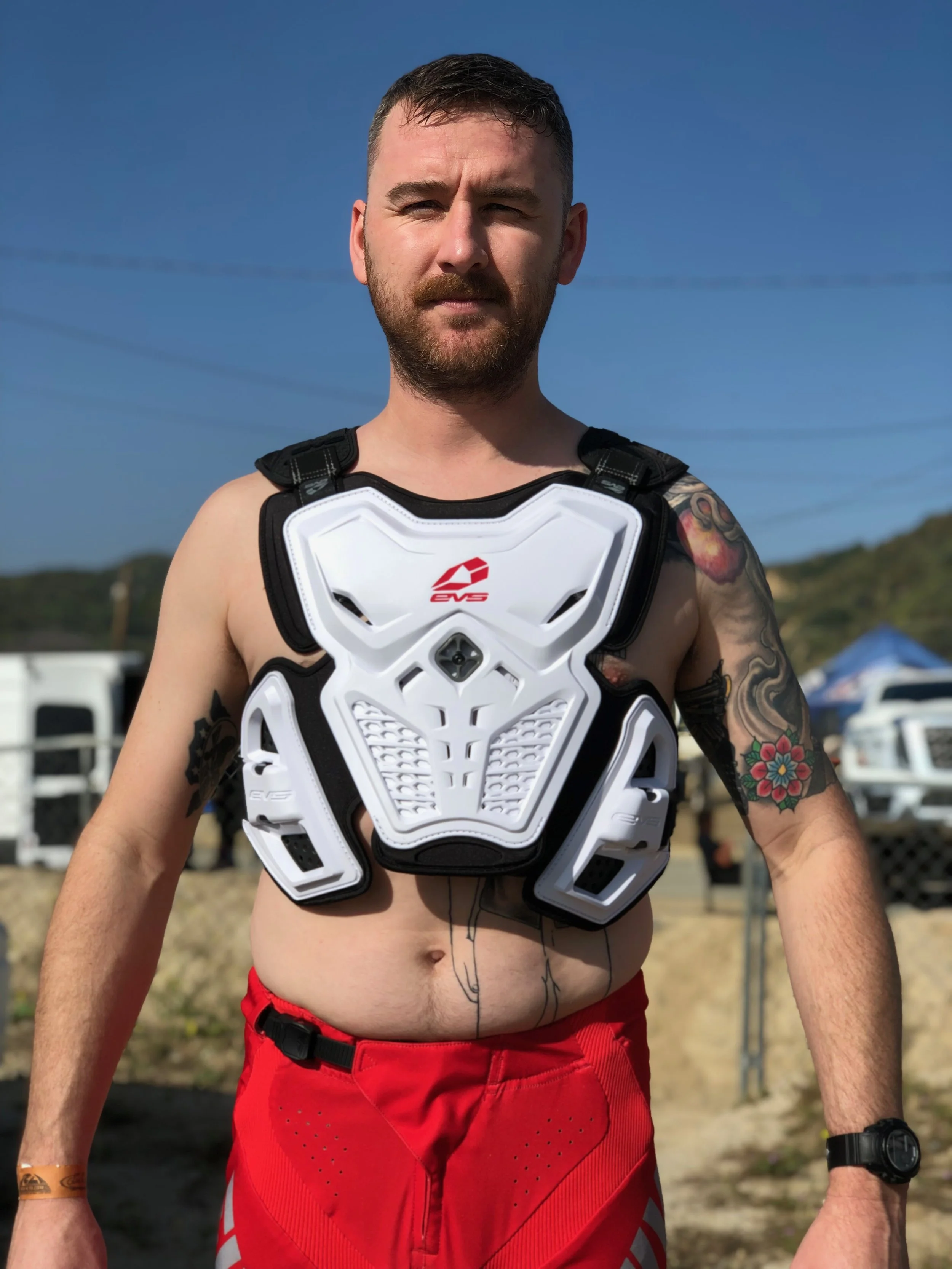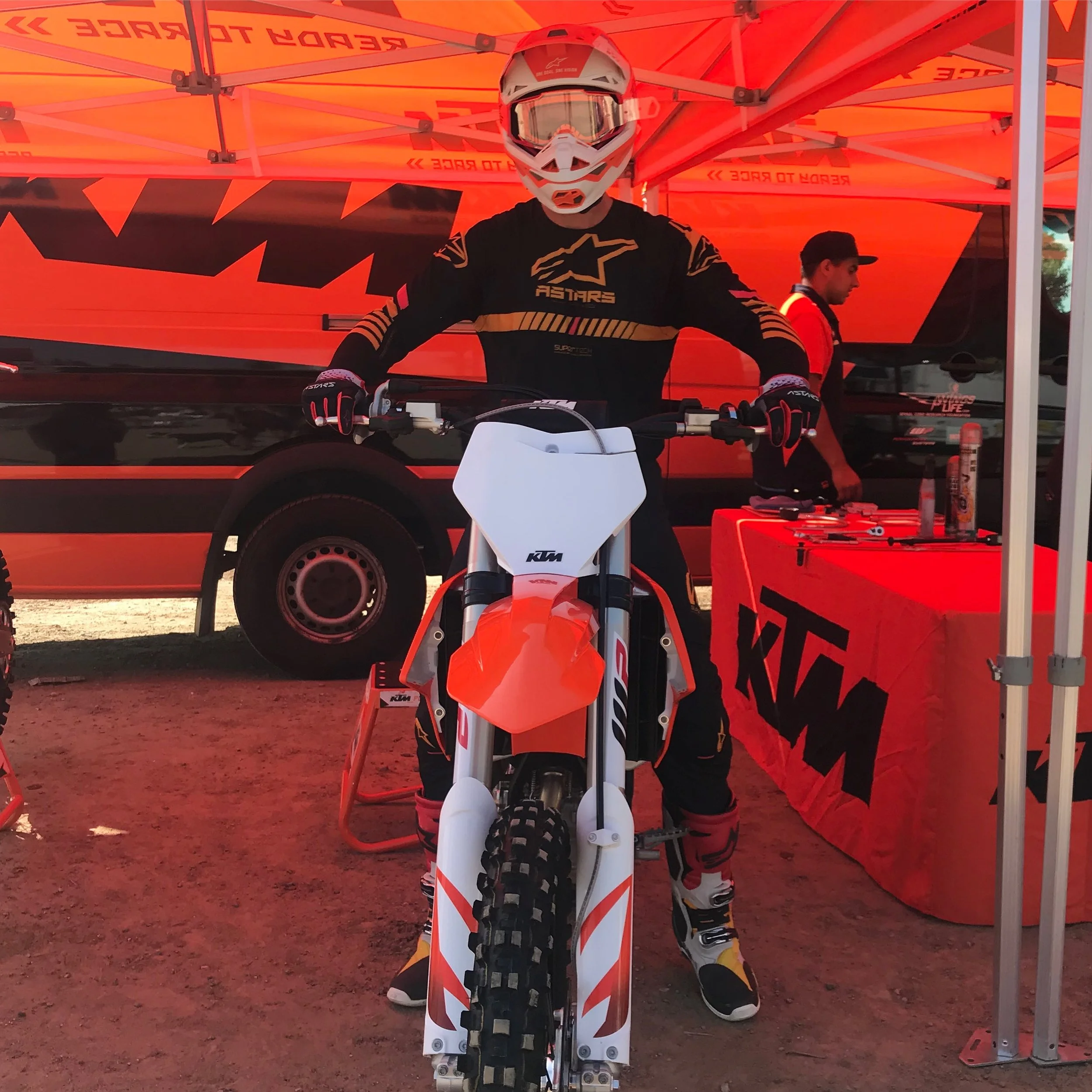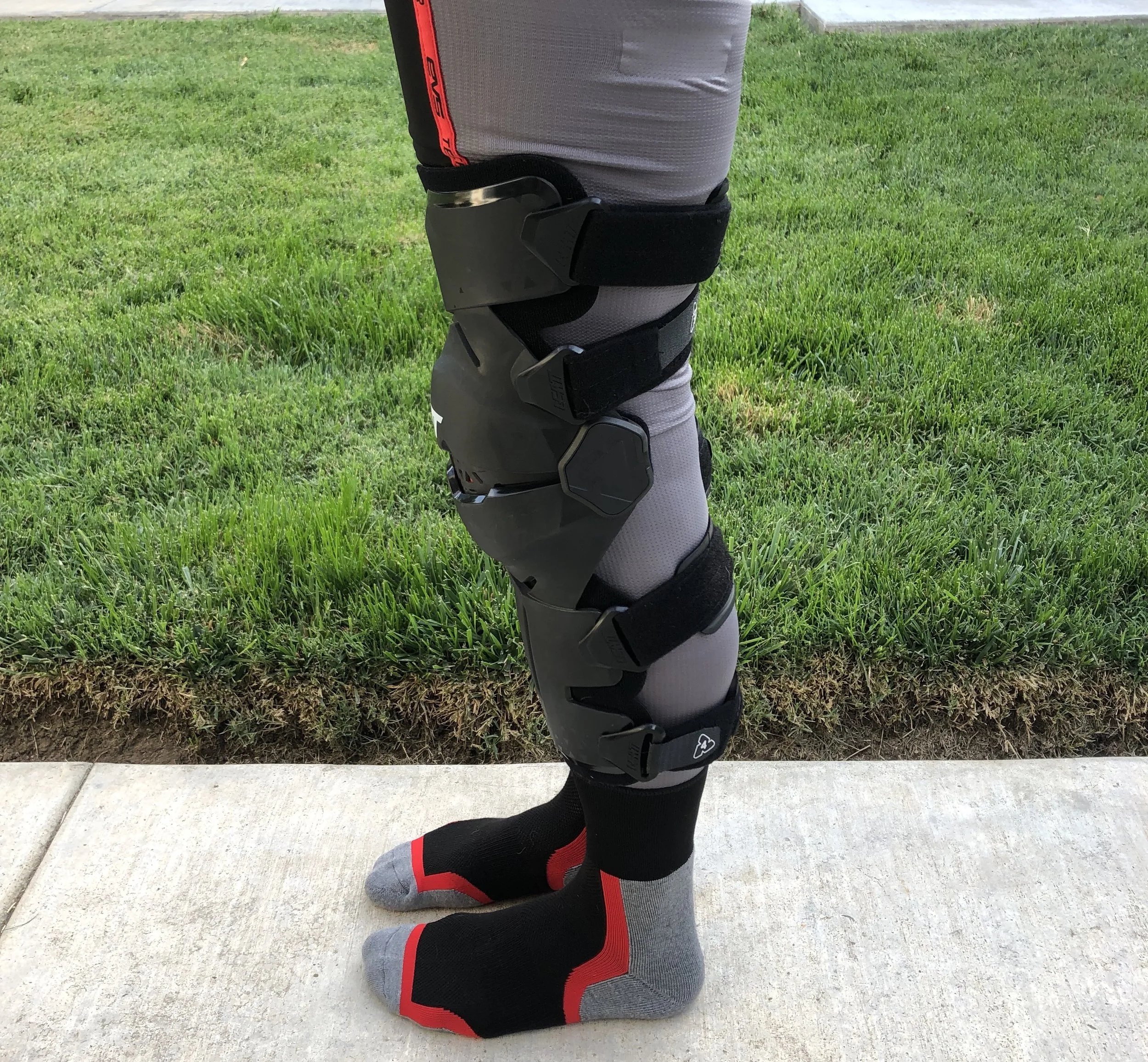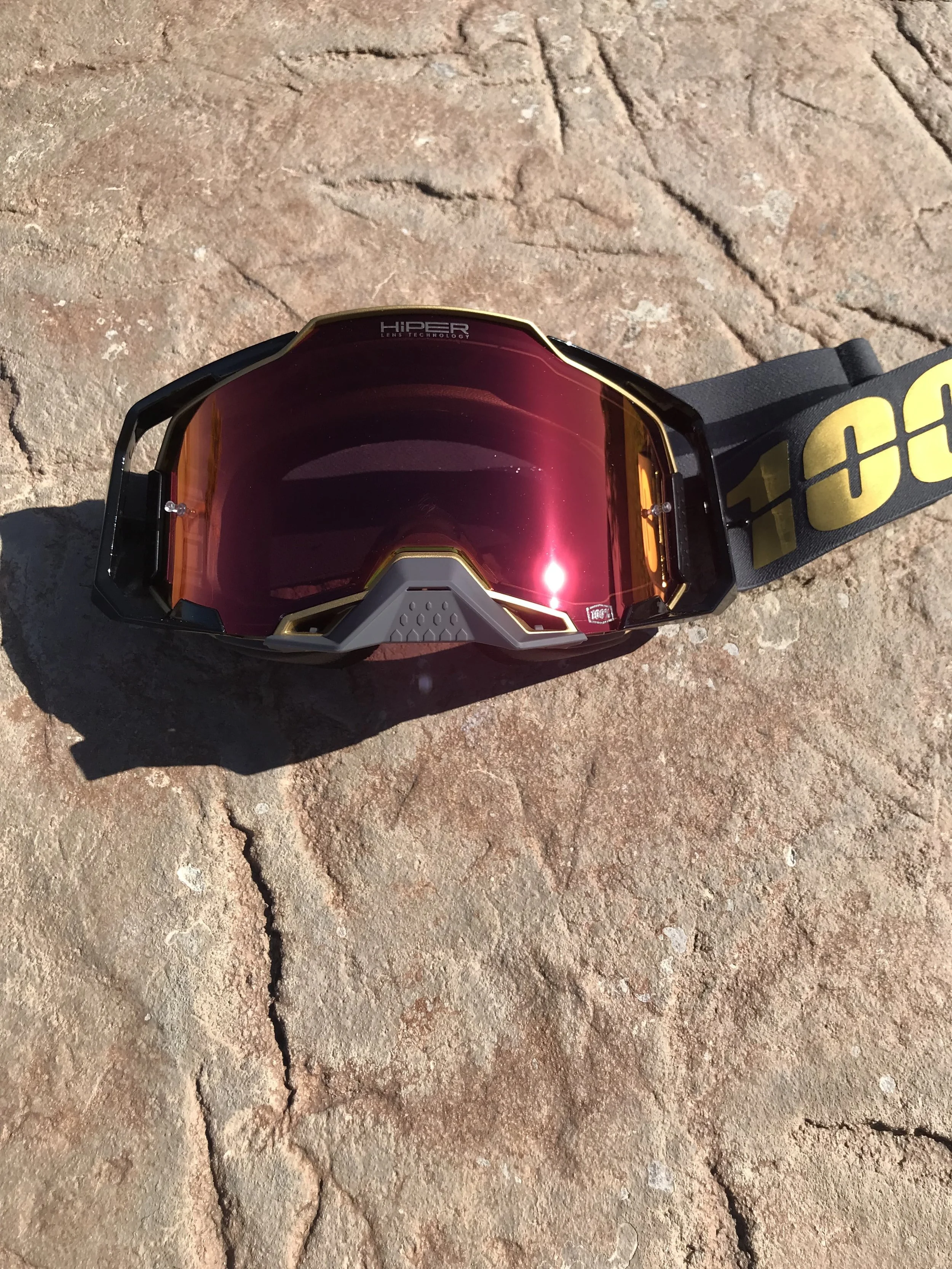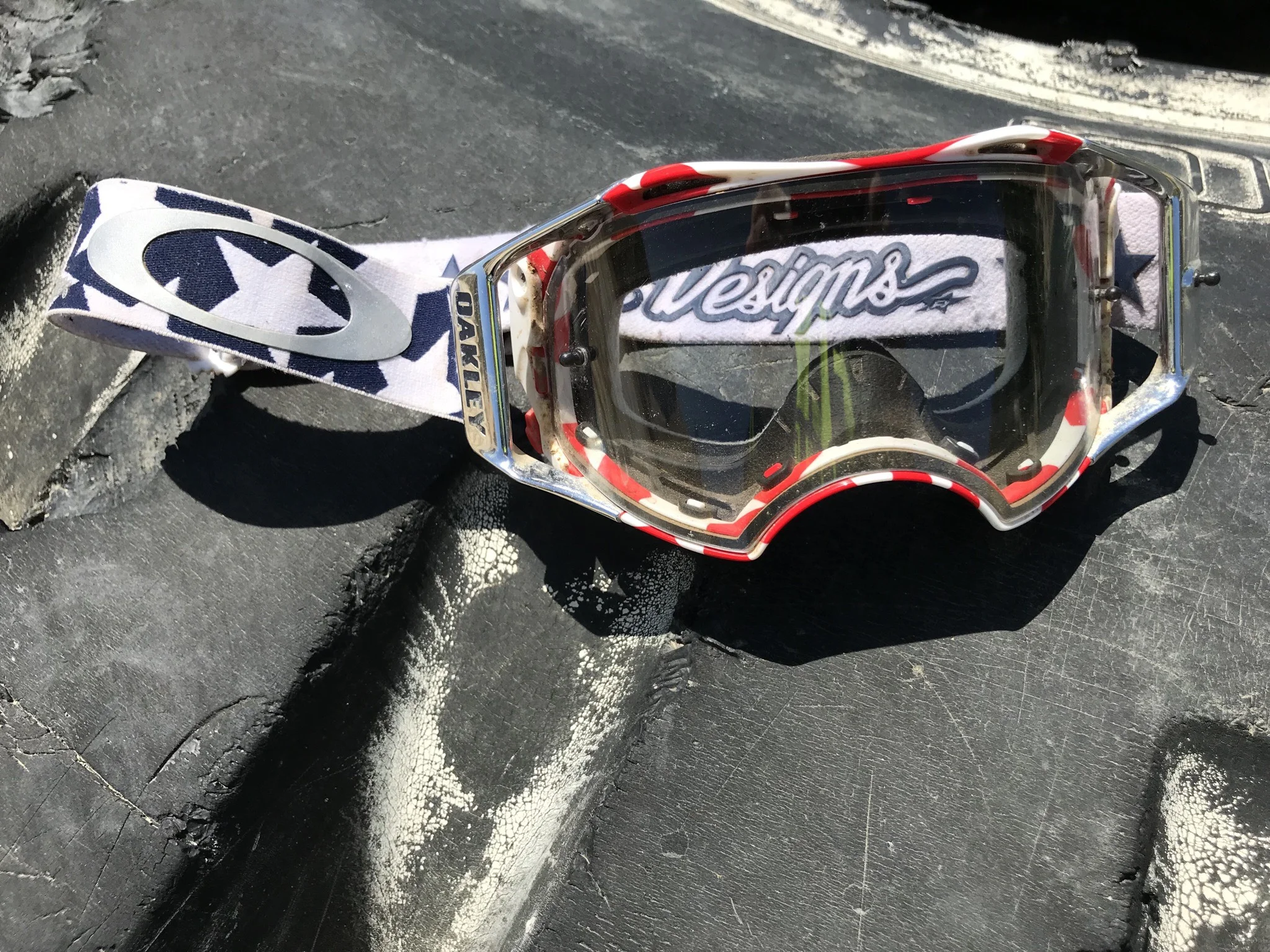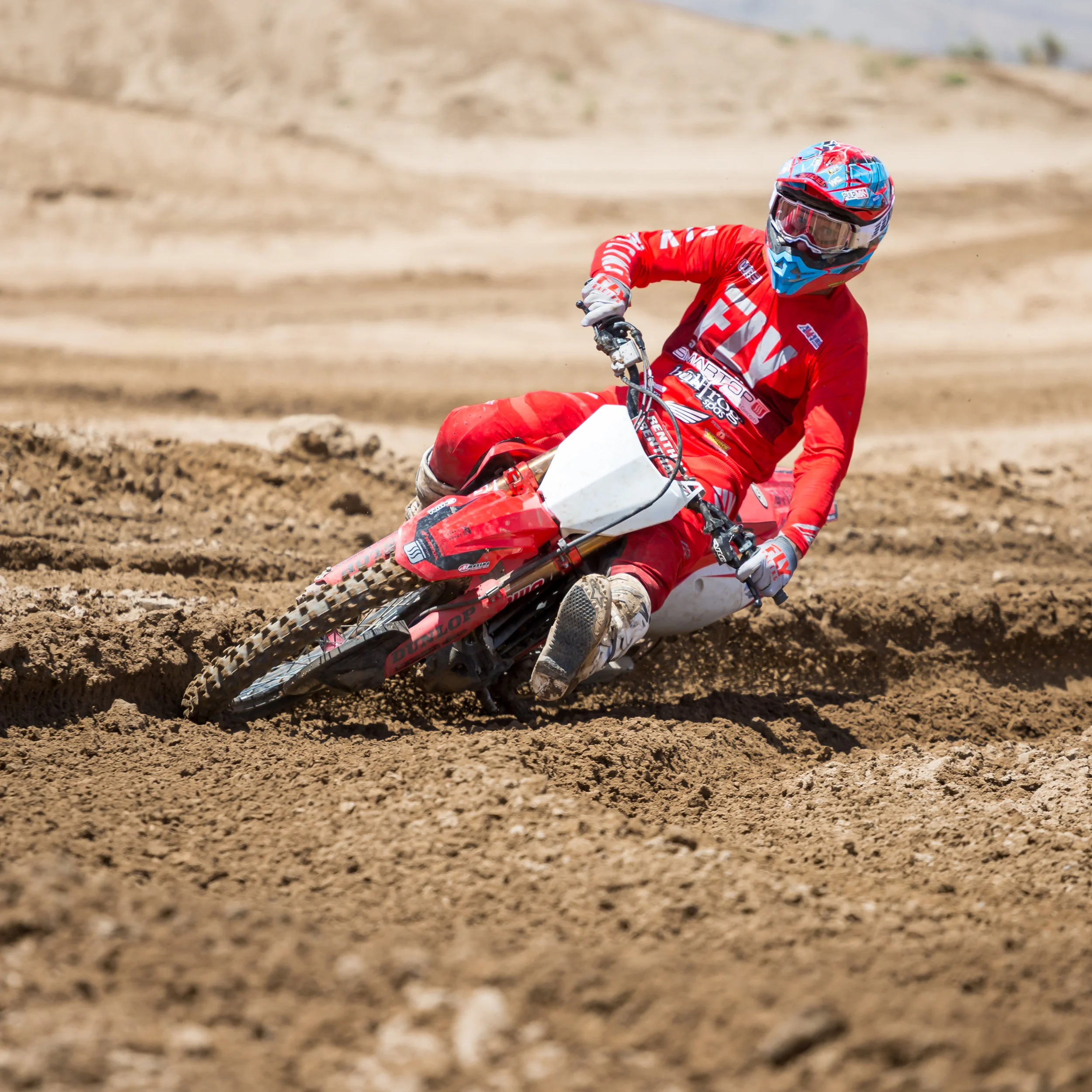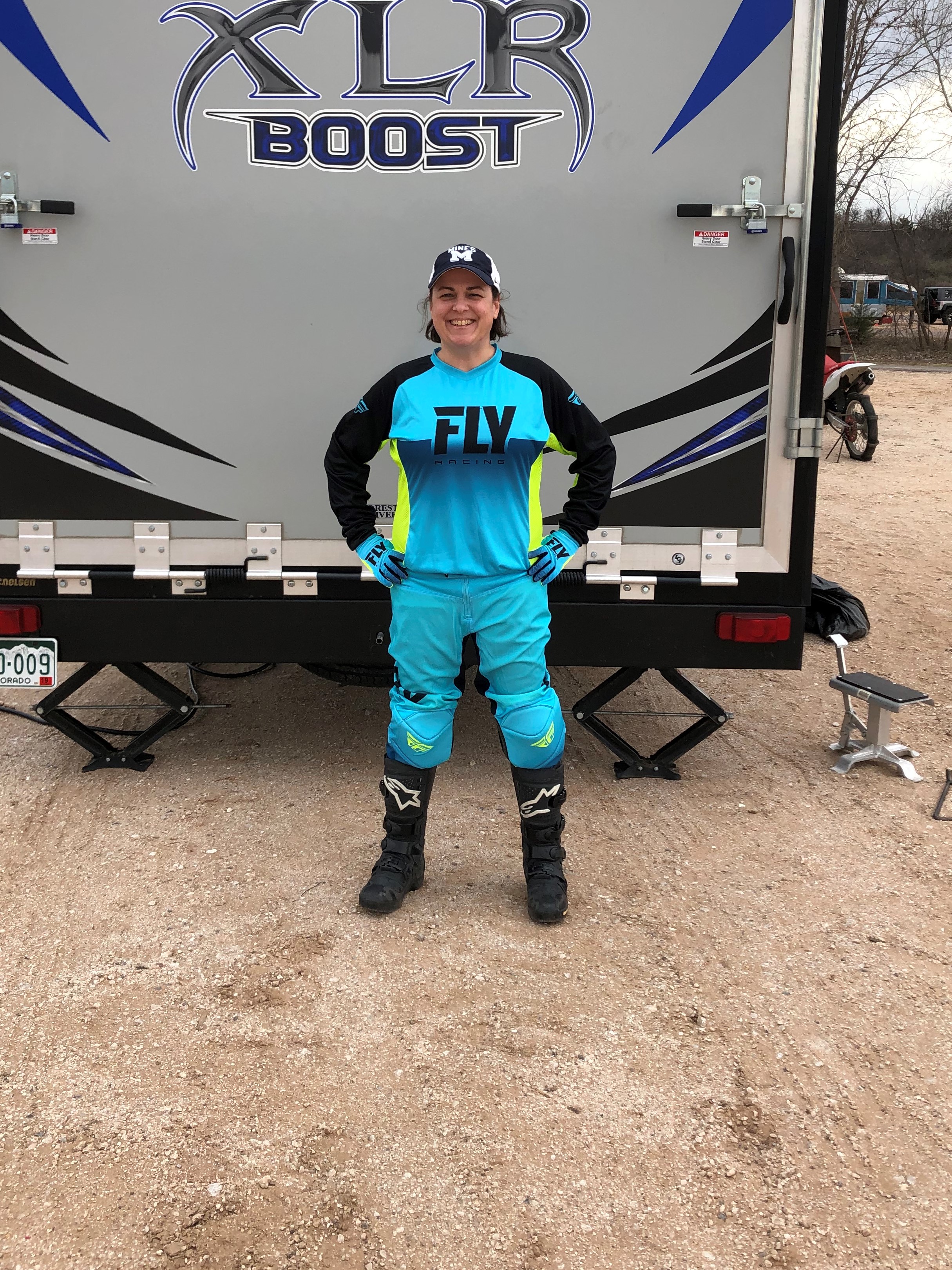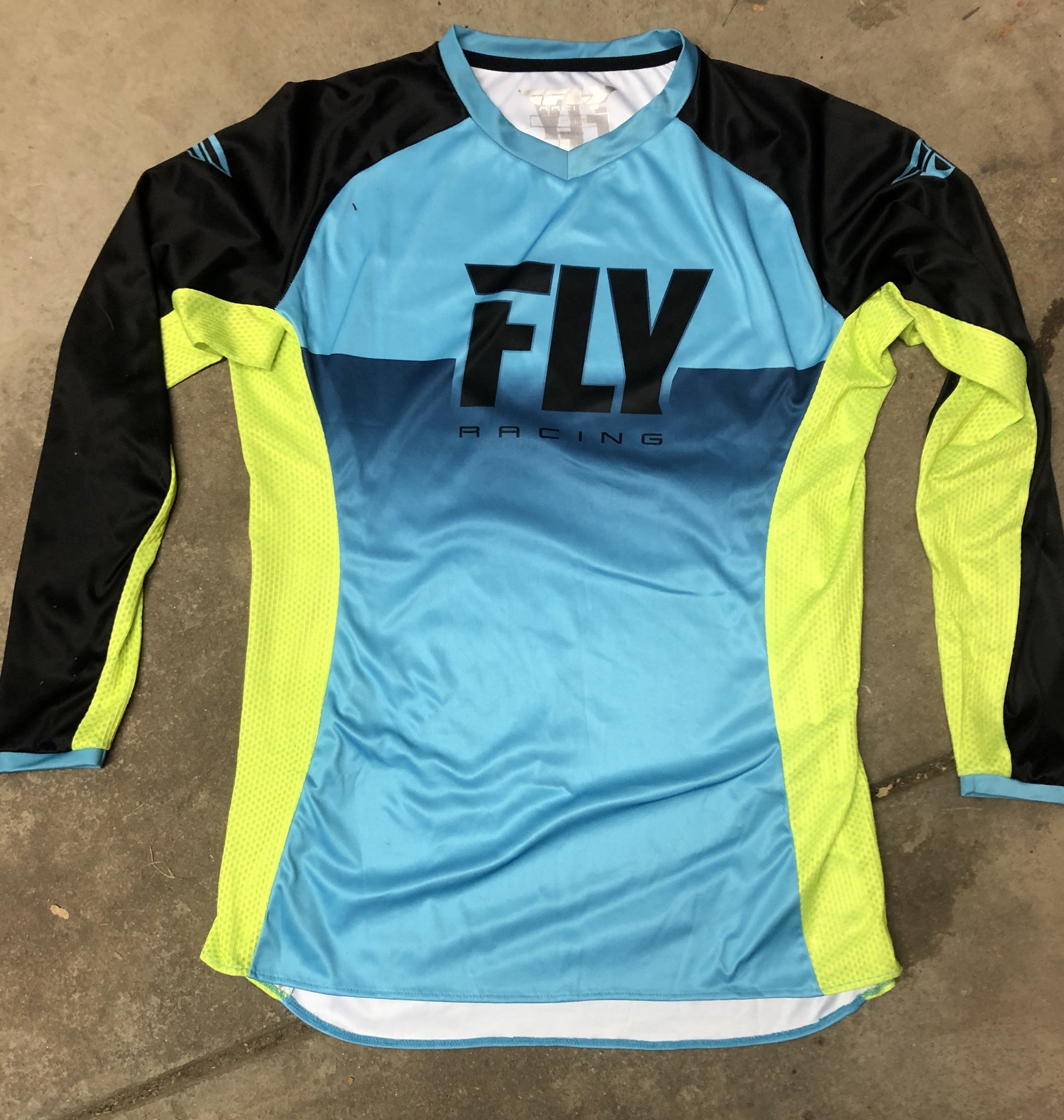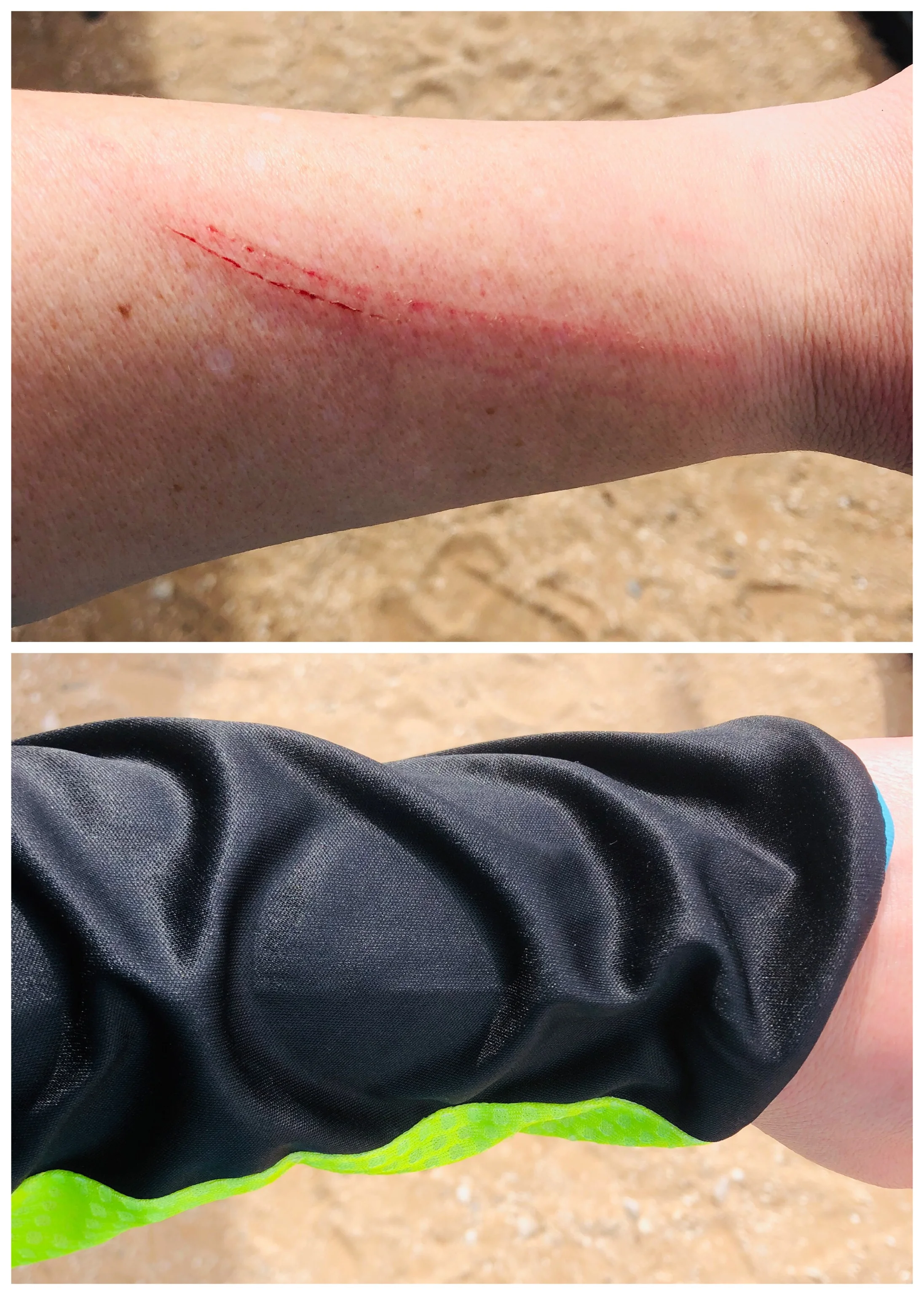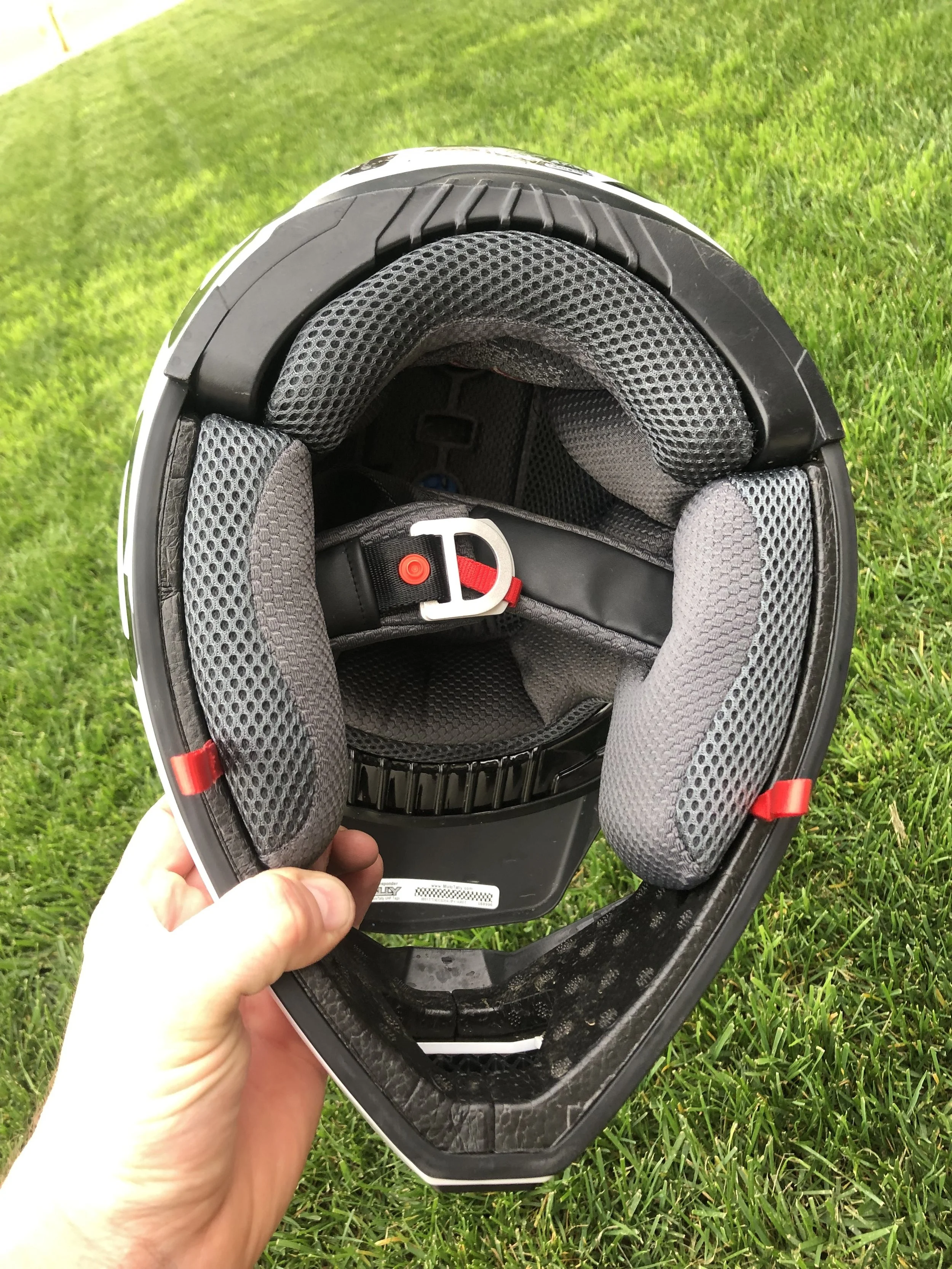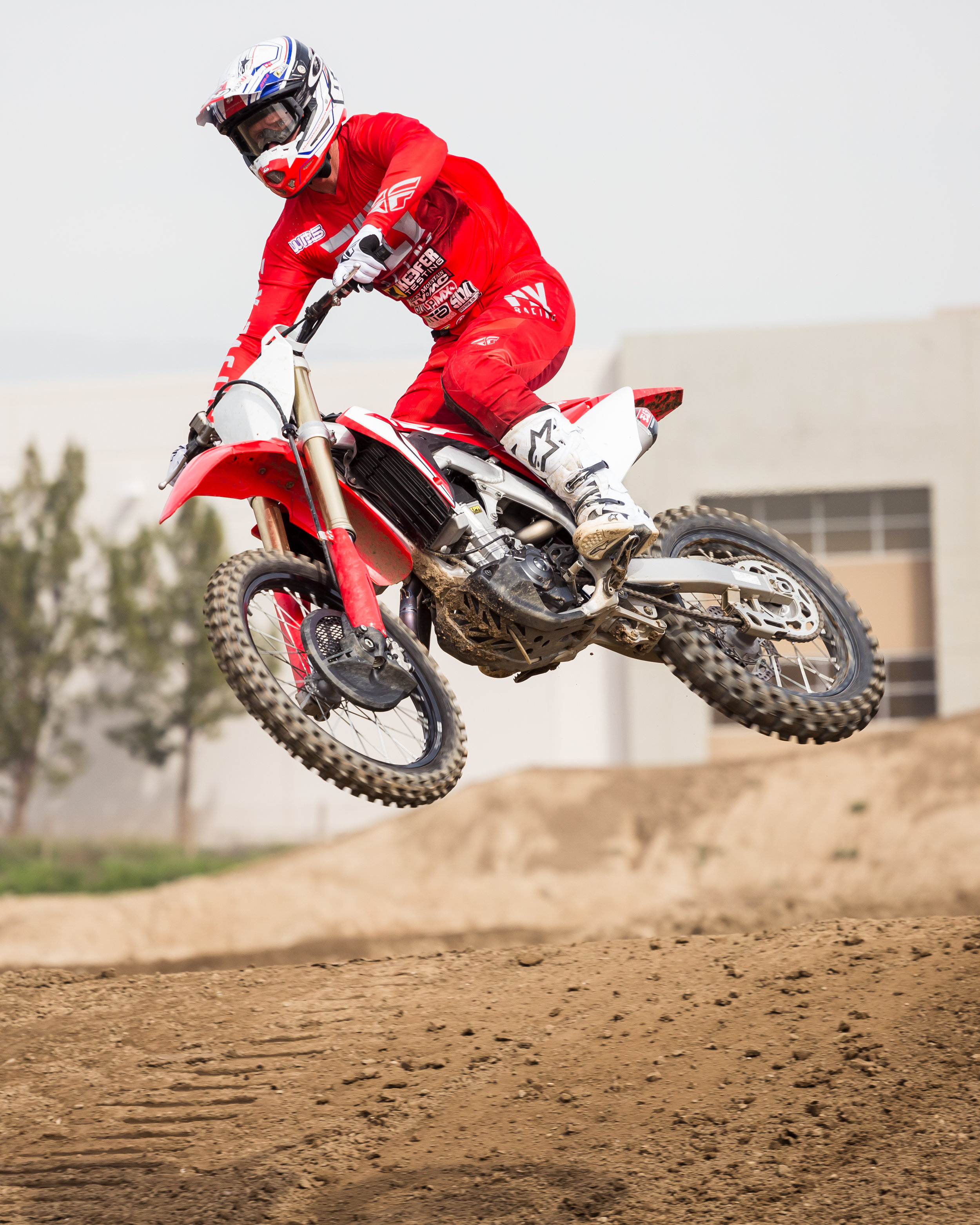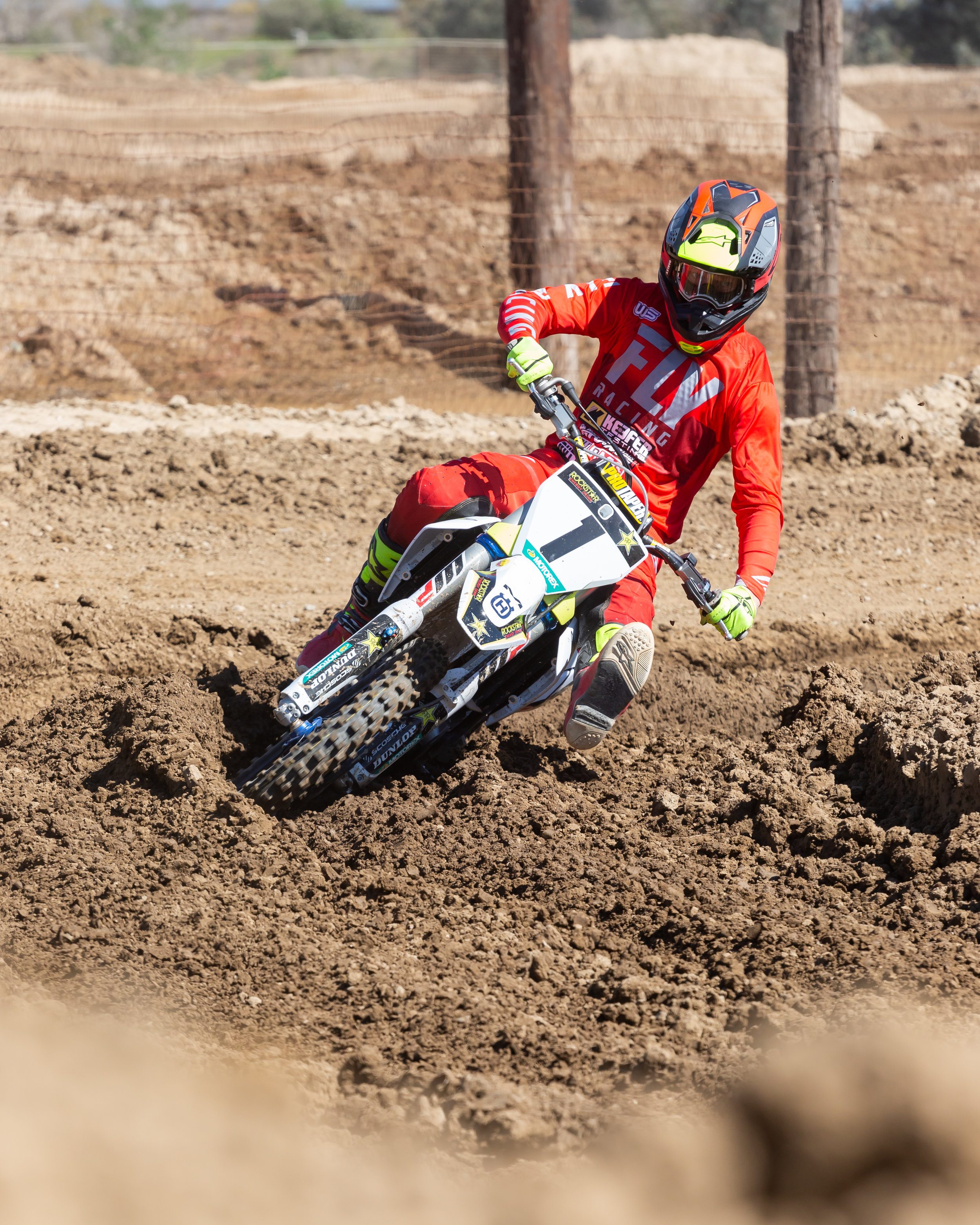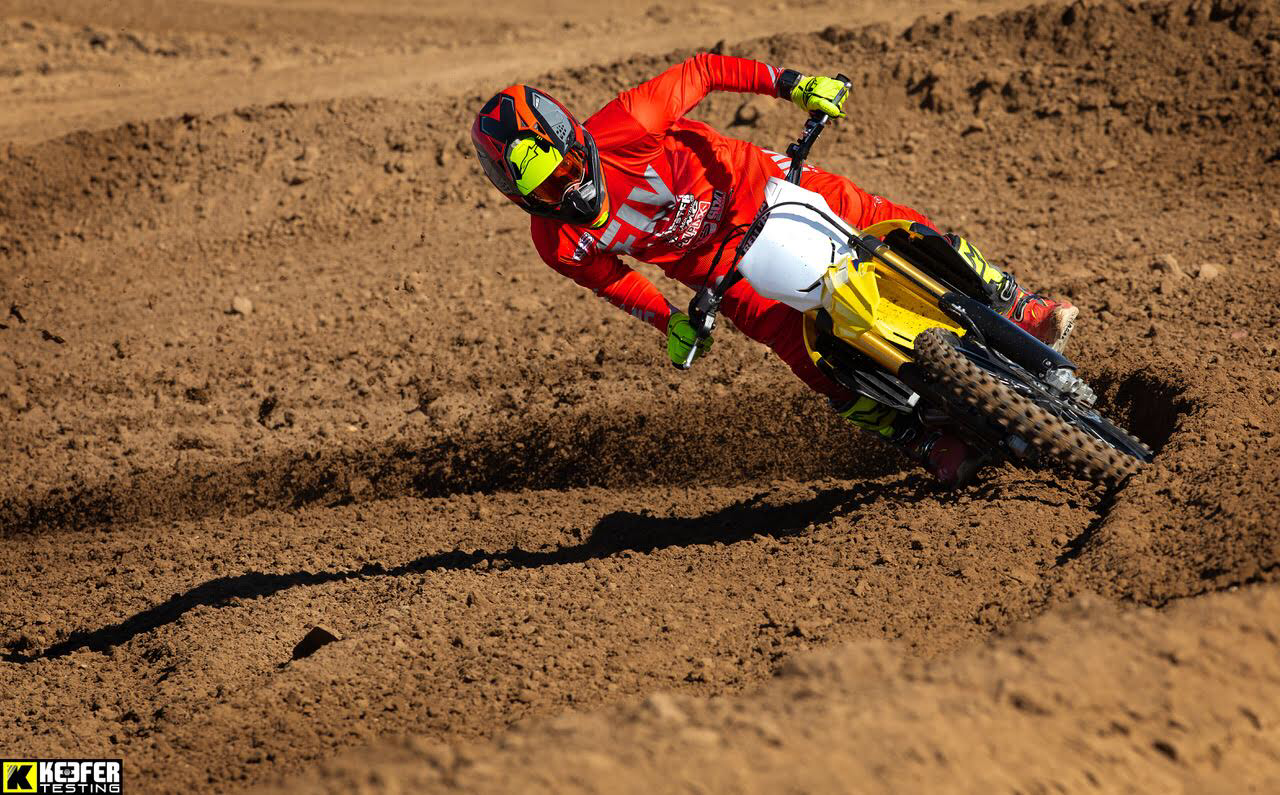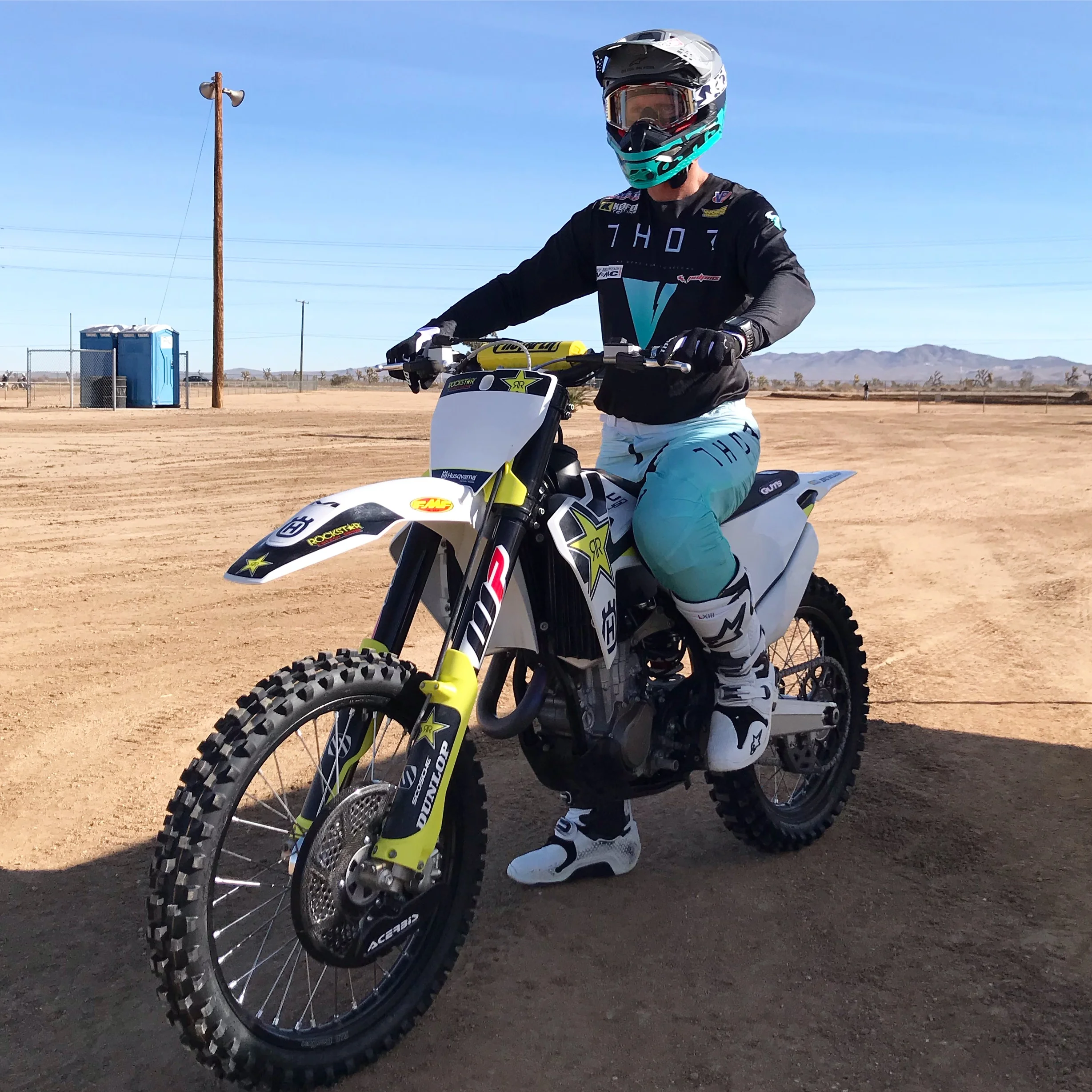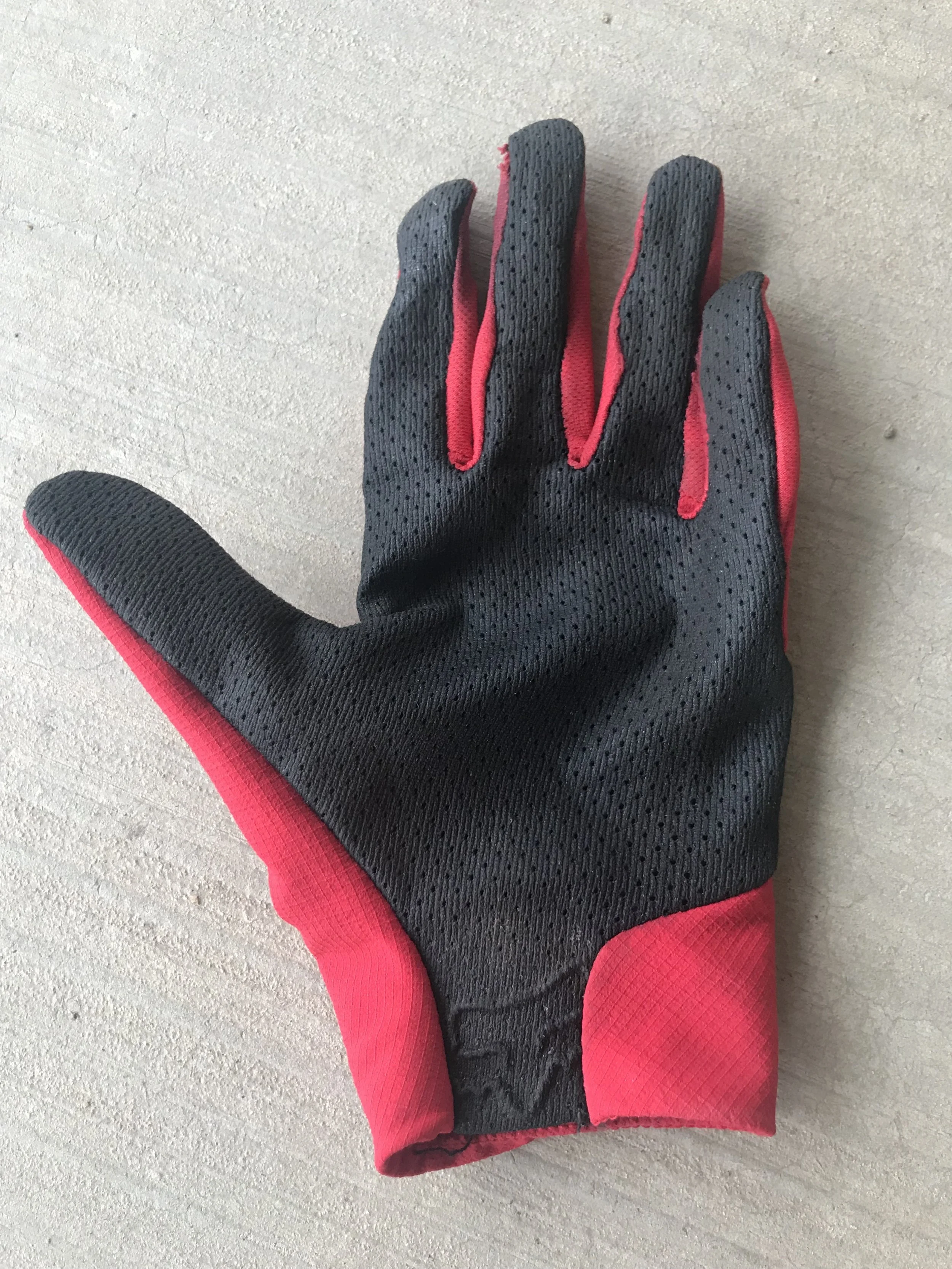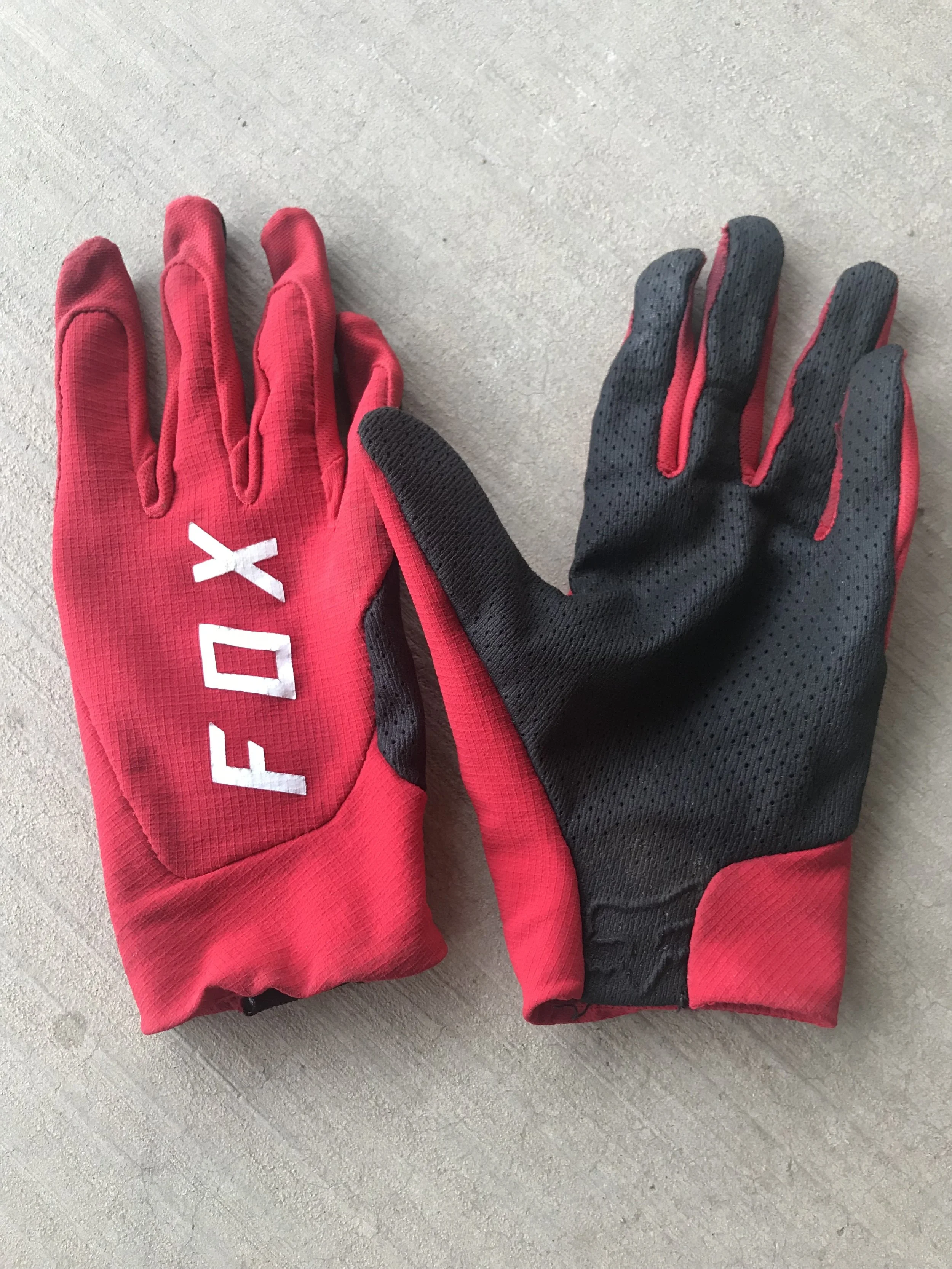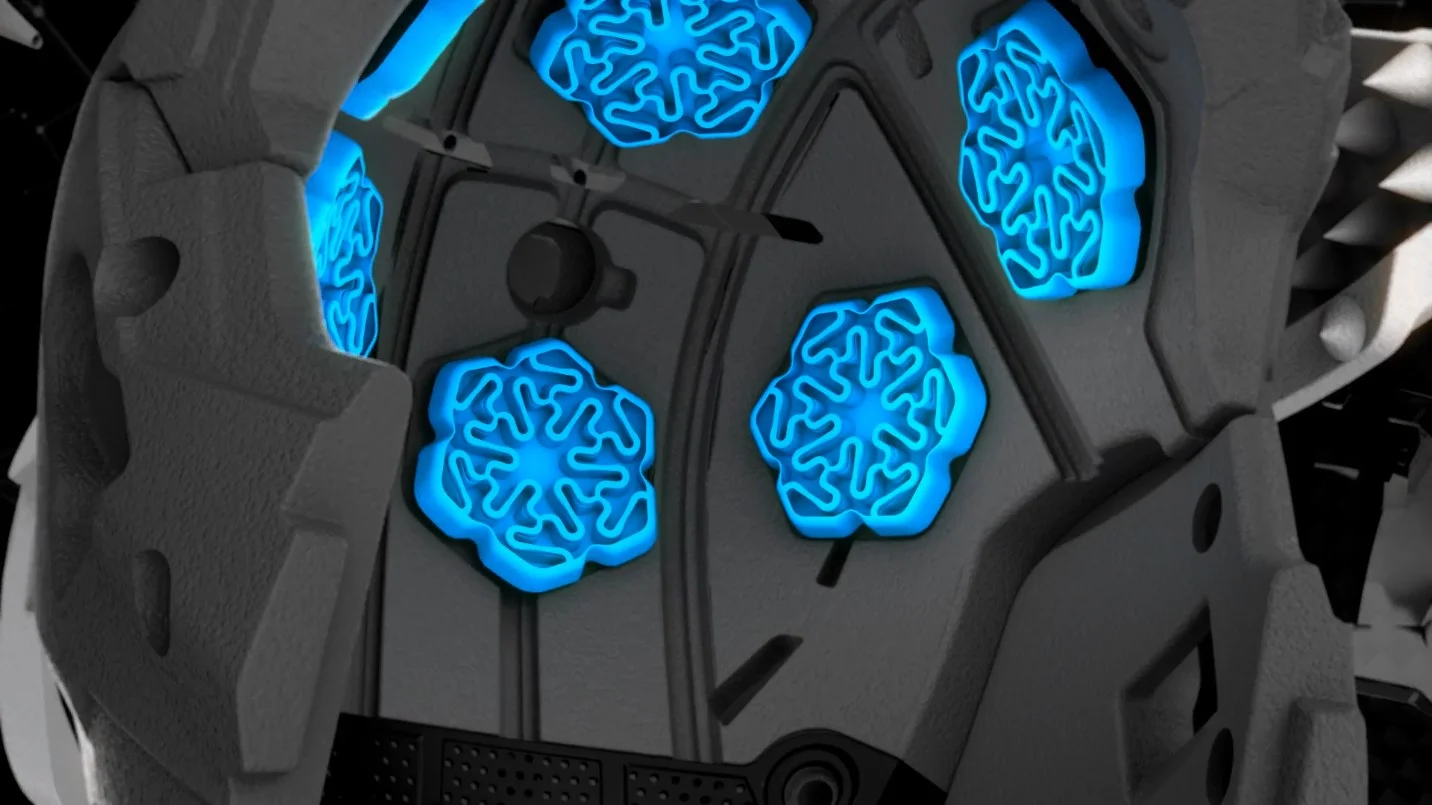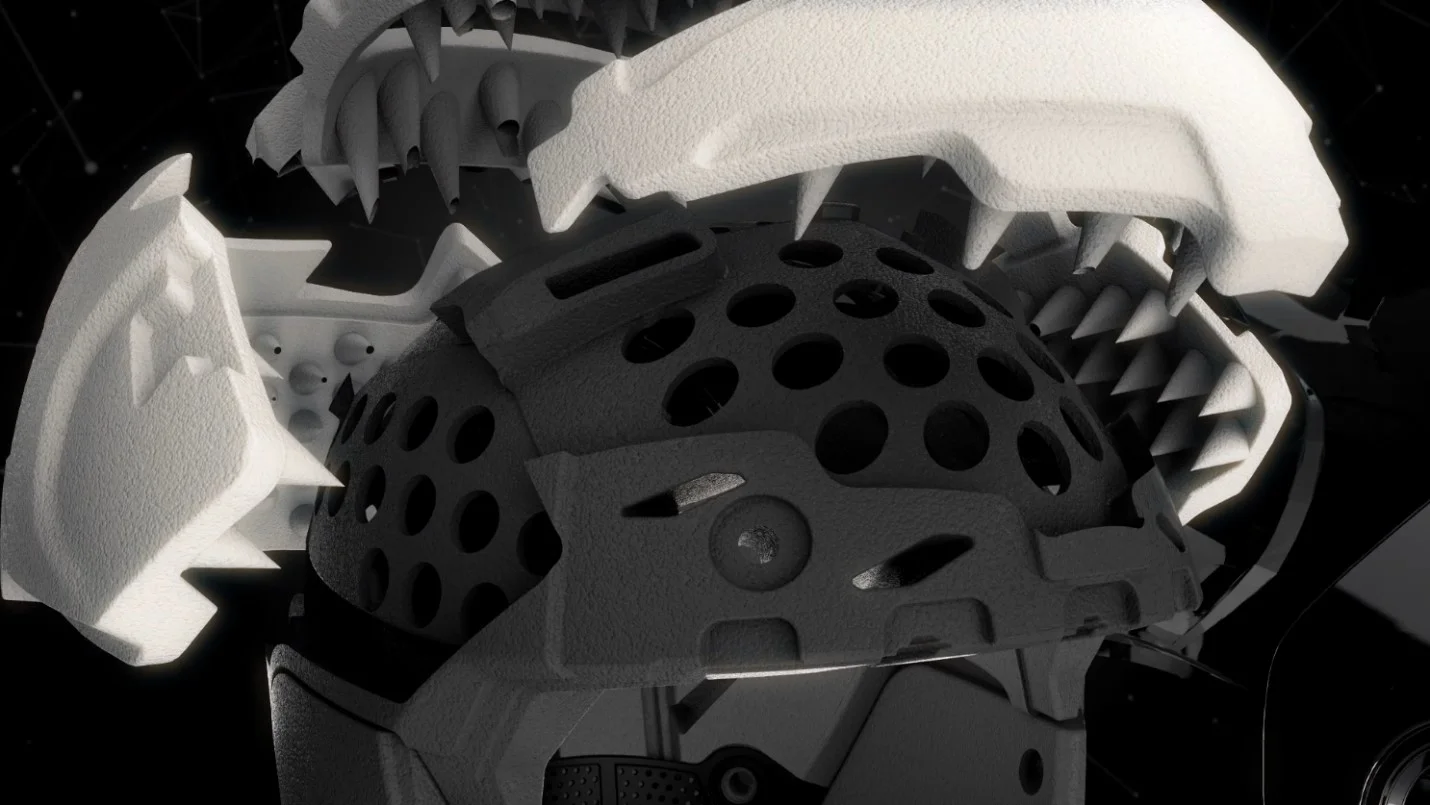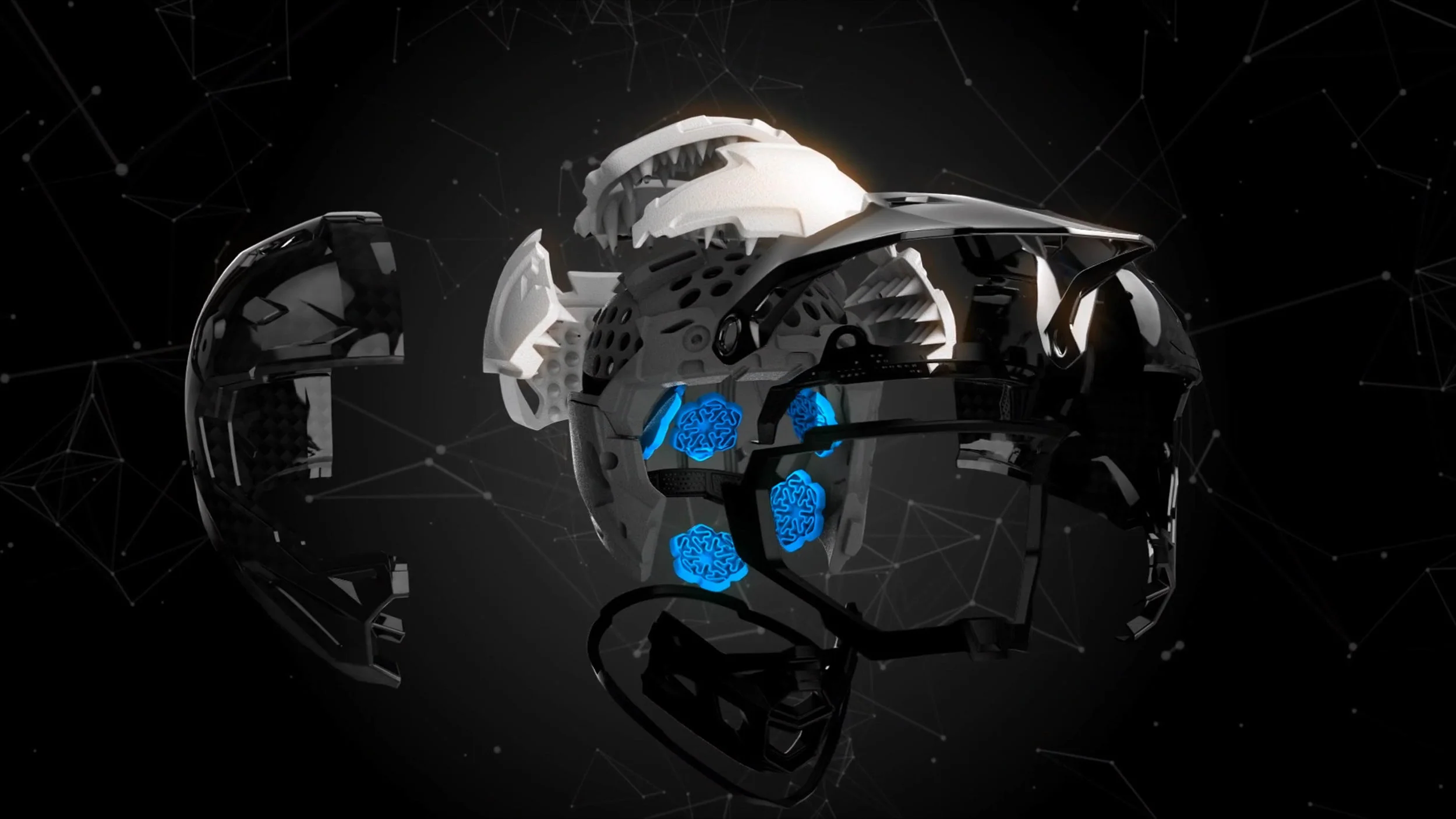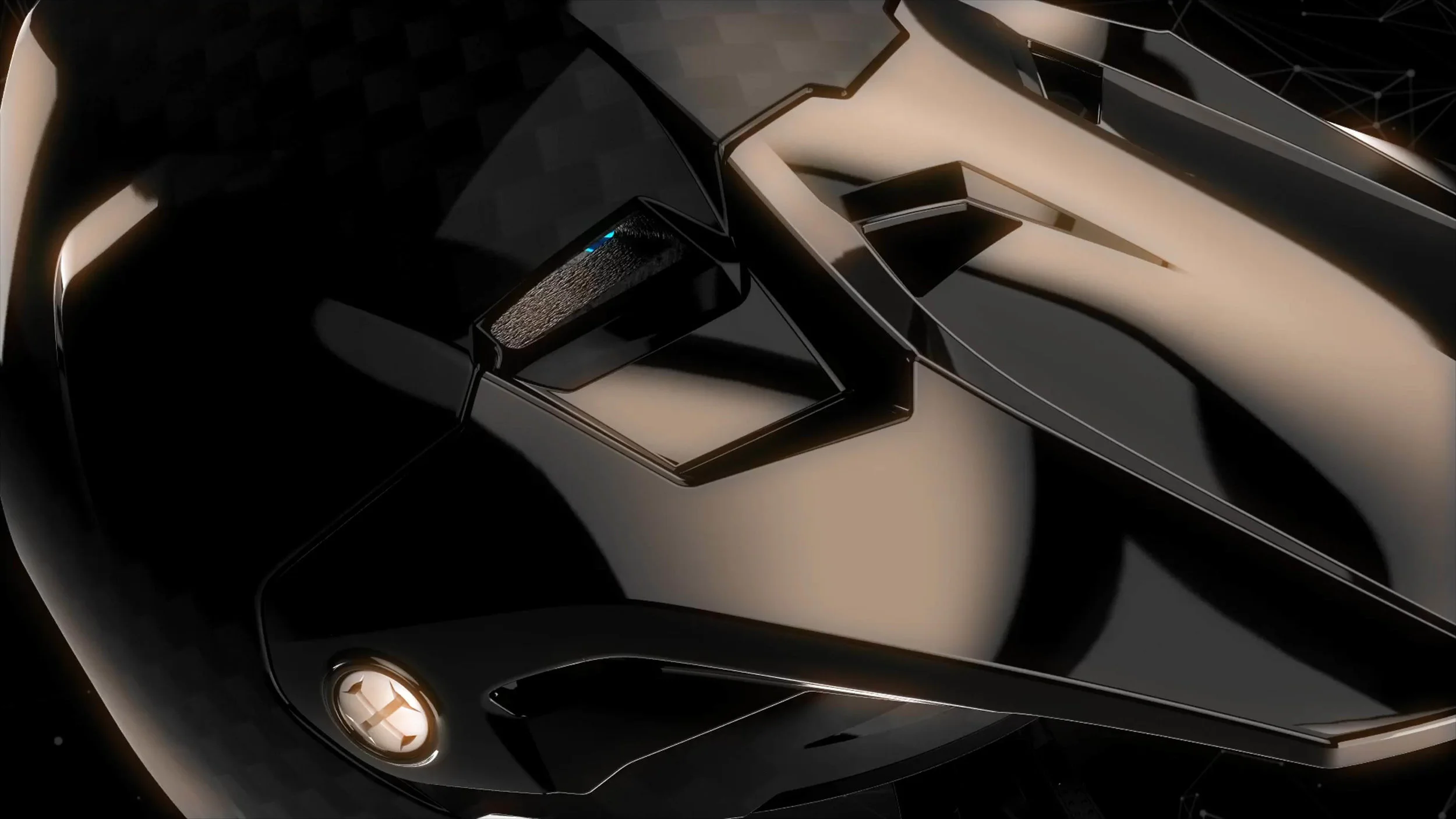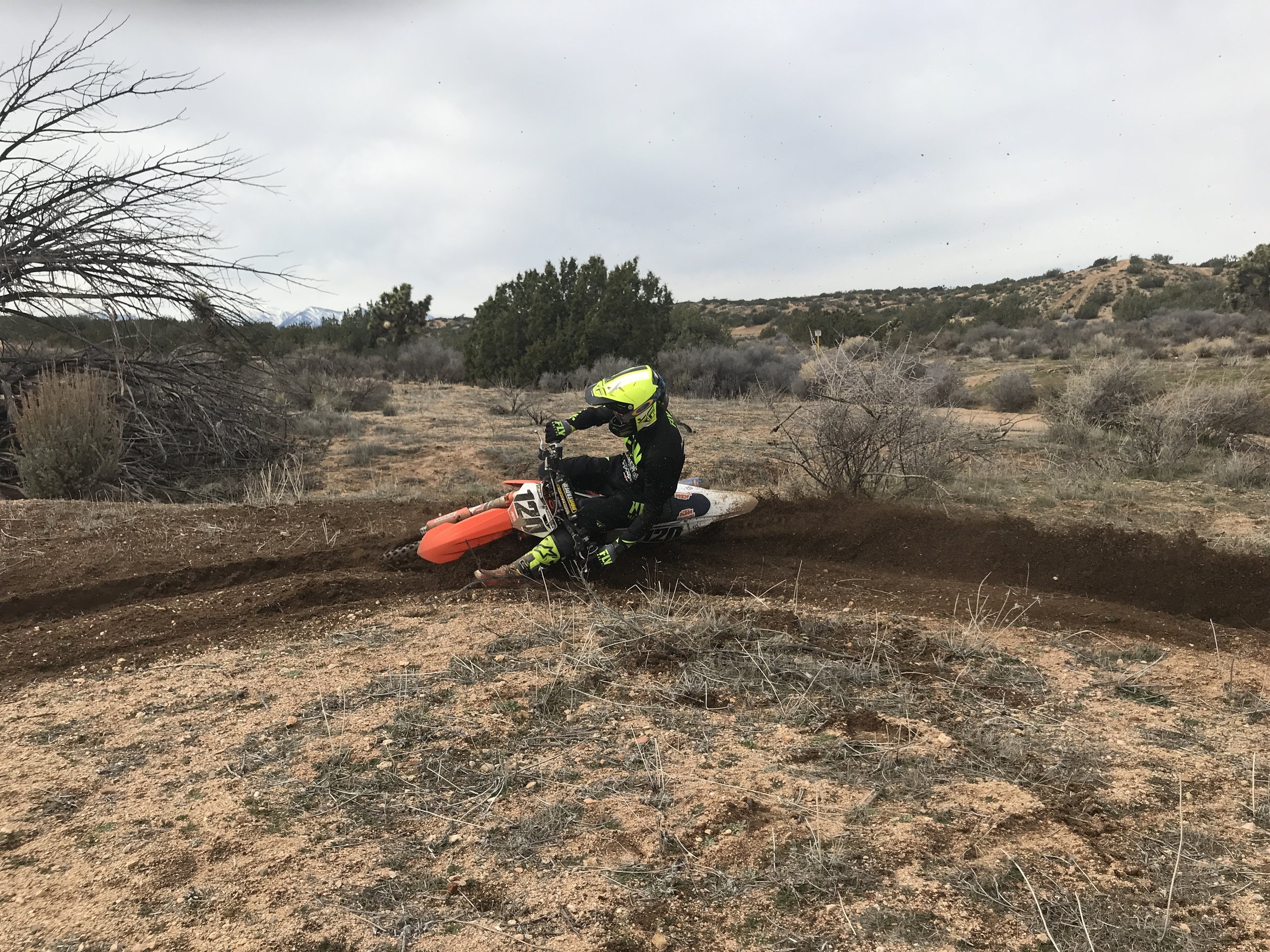Just in case you haven't listened to episode 7 of the Rocky Mountain ATV/MC Keefer Tested Podcast (Boot Comparison) I will now go over the Fox Instinct boot and how it performs//protects/feels/lasts. When the designers and engineers at Fox set out to design a new high end boot, they didn't just shoot for "almost perfect", nor did they accept that a finished product had to be flawed. They spent a huge amount of time designing, developing, as well as race testing various components, and after several years of gathering feedback from the top riders in our sport, they came up with a design that was ready to go into production for all us mere mortals. The Instinct boot design has been in production almost 10 years and in my opinion is one of the most comfortable boots to wear. Let me explain how they did this:
The key goals in developing the Instinct boot were to combine freedom of movement with the highest level of protection possible; in other words, safety and comfort were a must for the Fox engineers. This starts in the guts of the boot where five key components have been utilized to create the perfect fit: An athletic insole provides running shoe-like cushioning, a steel shank supports the arch, a polyurethane midsole offers energy absorption, a TPU support is in place for impact protection and stability, and Fox's exclusive rubber Duratac outsole provides grip on the peg and is backed by lifetime durability guarantees.
The rest of the boot is just as highly developed as the inside. A patented floating ball-and-socket buckle makes for easy operation with gloves on. Flexion is provided by a stabilizing hinge, which also ensures that the ankle cannot hyperextend past the predetermined lockout points. A host of other technical materials grace the boot to help create a solid weld between ankle and bike, and the overall build makes for one of the lightest boots on the market. Fox truly left nothing on the table when developing these suckers.
Over the course of the Instinct’s production lifespan, the sizing has been improved. I have noticed a true-to-size fit since early 2019, so if you have a 2018 Instinct and notice you went up a size from your normal sizing, the new 2019-2020 sizing is much improved. If you decide to purchase a new pair (and have an older Instinct model) you may have to go back down to your normal size. The toe-box is a little narrower than a Tech 10, but not as tight as a Sidi Crossfire 3, and the buckles are so much easier to operate than those found on some of the biggest brands in the sport. The first positive aspect/experience of the boot you will notice is the lightweight feel to the Instinct. My legs certainly do feel less fatigue when riding tracks that force you to ride leg high through ruts/corners. To me these are the lightest feeling boots that I have ridden with to date. The feature that I was most surprised with was the inner comfort of the boot. I am so used to have having an inner bootie for ankle support, I thought I would feel naked without it, but it literally took me only a few minutes until I appreciated how much comfort my feet/ankles had. I don’t have bad ankles, but I do ride a lot and my ankles can get sore from riding all day long. The Instinct boots do have more movement in the ankle area than a Tech 10, but I also don’t feel like my ankles are being overworked or stretched. The sole also has more grip than I was expecting, which provides excellent absorption/cushion to my ankles when slamming into jump faces or when I really screw up and case the crap out of something. Here’s a tip: After break in (which isn't very long at all) I will tighten up my buckles tighter than normal, so that I get a more secure lock around my ankle (this is important with the middle two buckles). The inner potion of the boots have excellent grip against the frame and this is an important feature to me because I grip with my legs a lot! Some boots use a rubber like material that simply doesn't grip well when squeezing, but the Instinct boot comes “stock” with great gripping material on the inside of each boot.
Like a good running shoe, the insole has enough cushioning and support without feeling too rigid or bulky. Off-road riders will love this boot based on the fact that it truly can be worn all day, but Fox also offers the Instinct in an off-road version as well with a more aggressive sole. The protection level certainly feels sufficient for the usual battery of rut-snags and rock-hits that I encounter on any given day of testing. However, to me, the Instinct is built for performance and comfort, but the integrity/support of the boot can break down a little quicker than other boots out there today. This is the only boot that I can wear straight out of the box and feel my pegs as well as my shifter/brake pedal without any issues. I can’t pull a set of Tech 10’s out of the box and feel “good” right away, but I am able to do this with the Instinct’s. The Fox Instinct boots DO NOT hardly need any break in period. They are ready to rock!
The flip-side/bad news is when the Instincts get some time under them, they can get somewhat flimsy in the ankle area to me and I can feel my ankles flex too much when landing hard off of jumps. I usually keep boots for a fair amount of time (around 60-80 engine hours), but the Fox Instincts felt looser in my ankle area around 42 hours of engine time. This is where you will need to keep up pn your middle to buckles. I constantly adjust my middle two buckles to ensure I get a tighter fit around my ankle. I can’t stress enough how huge this is with this boot! Think of these middle two buckles as your daily routine of bike/gear maintenance. Just because the middle two buckles were good yesterday doesn't mean that they are correct for the another day. Tighten them accordingly and your ankles will thank you. Other pieces to the boot like the outsole, buckles, insole, and hinges never broke or failed, but I just feel the boot to be super soft (in ankle area) after some time of usage without adjusting the middle two buckles. Fox Instincts have lasted me over 40 engine hours, but have only seen stock pegs and not super sharp titanium oversize pegs, so your sharp peg riders keep an eye on your outsoles.
Send Them In!
The Fox Racing Instinct Sole Warranty: Something that you may not know is that Fox offers Instinct buyers a free outsole replacement if your Instincts meet their requirements. Do yourself a favor and make sure to keep an eye out on your soles, so they don’t get ate up past the red indicator strip/marker. If they are worn and aren’t past the red indicator strip/marker, send your boots into Fox Racing and they can install original Fox Duratac inserts in for you at no charge! Here is the link: https://nushoe.com/fox-head.html
Overall, the Instinct features an impressive level of performance and comfort that definitely lives up to Fox's claims. Coming in at $459.95, the Fox Instinct is less expensive than the Tech 10 or a Gaerne SG-12, so the decision to purchase shouldn't be about price. In my opinion, the Fox Instinct boot is the most comfortable boot out of the there, but will need more attention/adjustments to the middle two buckles, if you want them to protect your ankles, like Fox intended after some time of use. I look at the Fox Instinct boot like a factory spec tire that is available to us non factory guys. It provides maximum comfort and performance on the track, but just doesn't last quite as long structurally. Head over to https://www.foxracing.com/moto/mens/boots/ to get yours as well as view all the styles and colors.
If you have any questions about this test please feel free to email me at kris@keeferinctesting.com and I am here to help!


